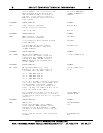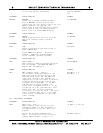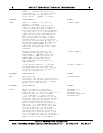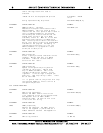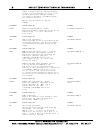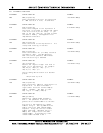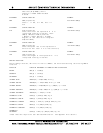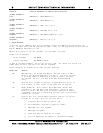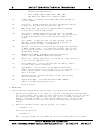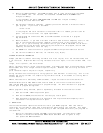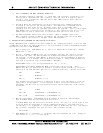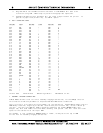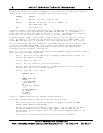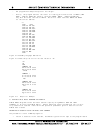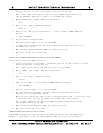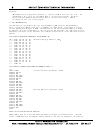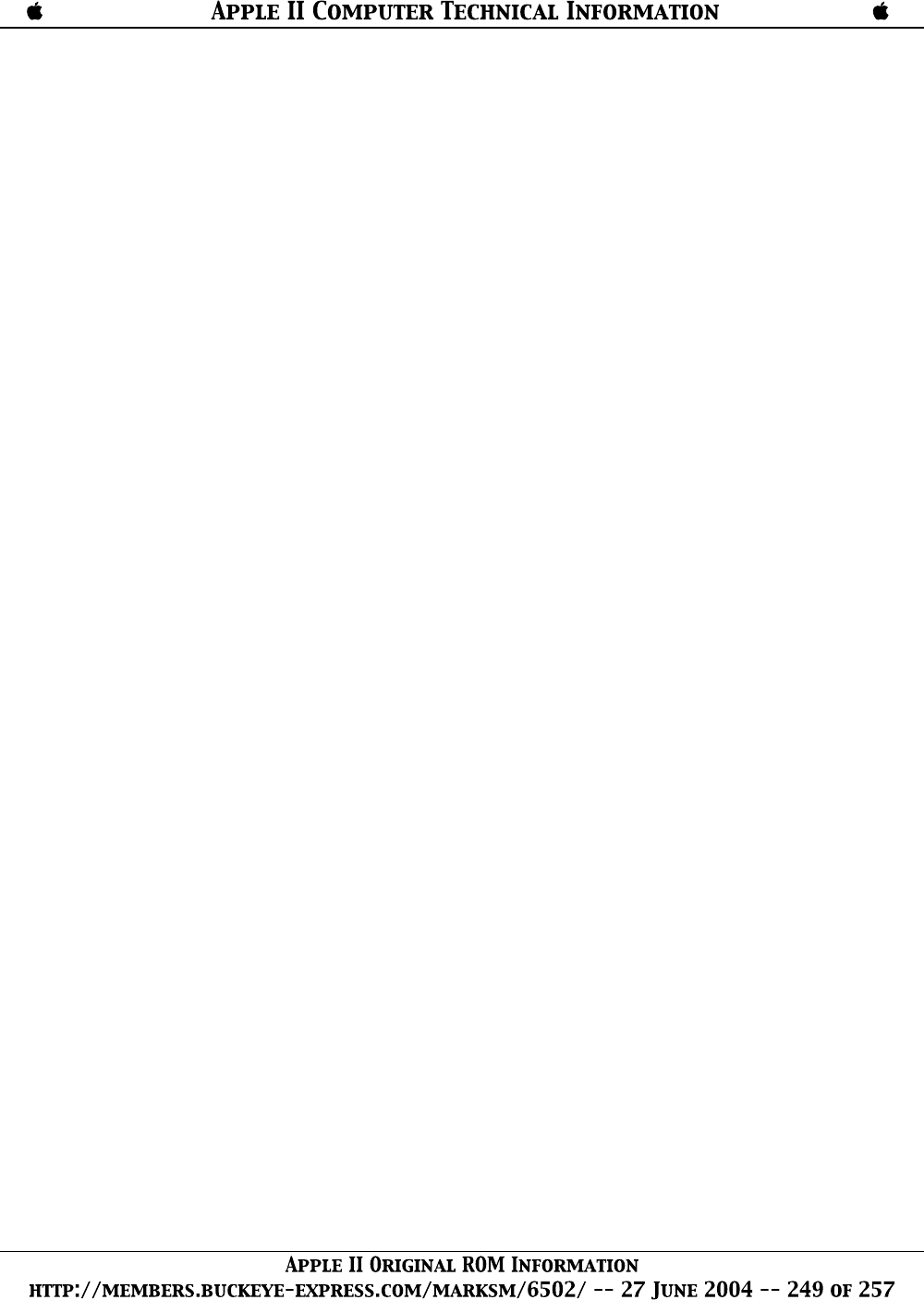
subroutine has been patched in
7. Calls to MID$, LEFT$, RIGHT$, WAIT, PEEK, POKE,
TAB, SPC or ON...GOTO with an improper argument.
ID Illegal Direct. You cannot use an INPUT, DEF or GET statement as
a direct command.
LS Long String. Attempt was made by use of the concantenation operator
to create a string more than 255 characters long.
NF NEXT without FOR. The variable in a NEXT statement corresponds
to no previously executed FOR statement.
OD Out of Data. A READ statement was executed but all of the DATA
statements in the program have already been read. The program tried
to read too much data or insufficient data was included in the
program.
OM Out of Memory. Program too large, too many variables, too many
FOR loops, too many GOSUB's, too complicated an expression, or
any combination of the above. (see Appendix B)
OV Overflow. The result of a calculation was too large to be represented
in BASIC's number format. If an underflow (too small result) occurs,
zero is given as the result and execution continues without any error
message being printed.
RG RETURN without GOSUB. A RETURN statement was encountered
without a previous GOSUB statement being executed,
SN Syntax error. Missing parenthesis in an expression, illegal character in
a line, incorrect punctuation, etc.
ST String Temporaries. A string expression was too complex. Break it
into two or more shorter expressions.
TM Type Mismatch. The left side of an assignment statement was a
numeric variable and the right side was a string, or vice versa; or, a
function which expected a string argument was given a numeric
one or vice versa.
UF Undefined Function. Reference was made to a user function which
has never been defined.
US Undefined Statement. An attempt was made to GOTO, GOSUB or
THEN to a statement which does not exist.
/0 Division by Zero
B SPACE HINTS
In order to make your program smaller and save space, the following hints may be useful.
1. Use multiple statements per line. There is a five-byte of overhead associated with each
line in the program. Two of these five bytes contain the line number of the line in binary.
This means that no matter how many digits you have in your line number (minimum line
number is 0, maximum is 63999), it takes the same number of bytes. Putting as many
statements as possible on a line will cut down on the number of bytes used by your
program.
2. Delete all unnecessary spaces from your program. For instance:
10 PRINT X, Y, Z
uses three more bytes than
10 PRINTX,Y,Z
Note: All spaces between the line number and the first non-blank character are ignored.



